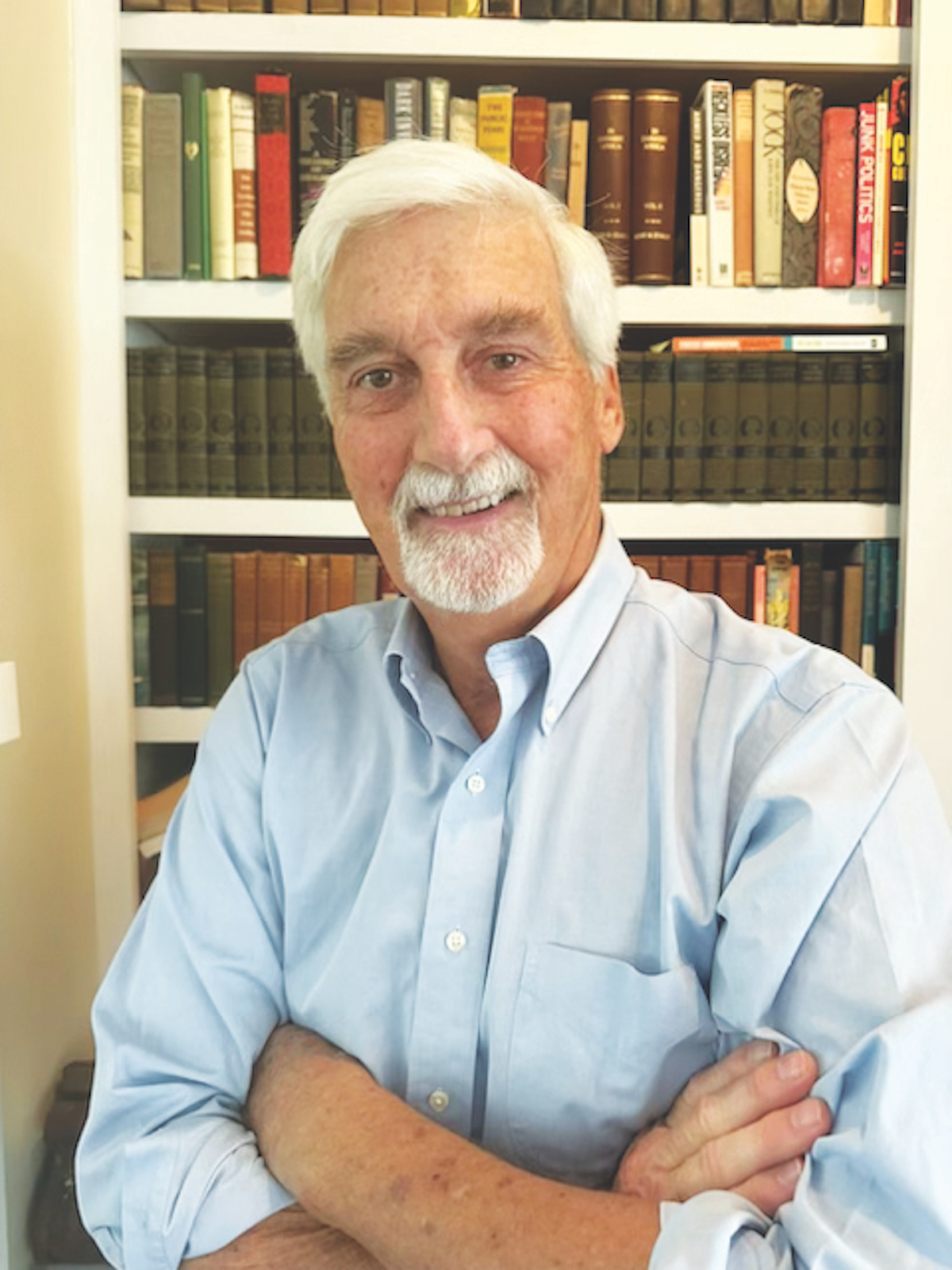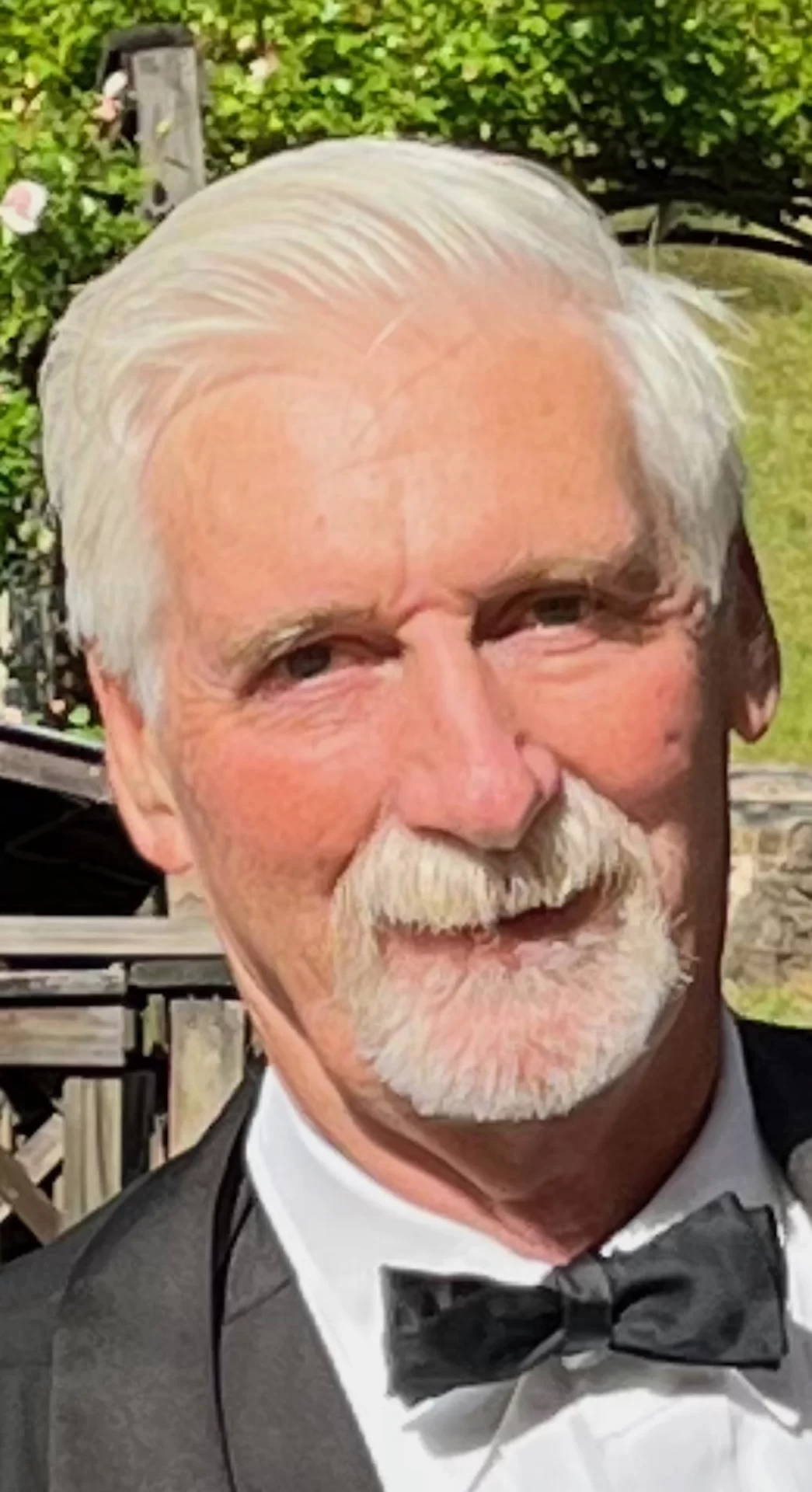Top photo: The legendary birthplace of Robert Smalls in the “slave cottage” at 508 Duke St. is not registered with the Secretary of the Interior, nor is there any plaque or sign at or near the house that might help visitors find it. Photo by Bill Rauch.
By Bill Rauch
When it comes to understanding the difference between talking about Beaufort’s Reconstruction past and actually doing something to emphasize it, I don’t think my friend David Lauderdale at The Island Packet has got it yet.
To educate themselves, here’s what I suggest he, and the others who think they’ve done a lot, consider doing.
First, they should go to the Beaufort Regional Chamber of Commerce’s website and check out the “50 Things to do in Beaufort” section. There’s nothing there that might tip visitors to Beaufort’s Reconstruction history.
Then, just to be sure, break out “Tours.” When you do that, here’s the clickable list that comes up in this order: “Historical Church self-guided tour,” “Captain Dick’s River Tour,” “Self-guided tree walk,” “Kazoo factory tour,” “Beaufort walking tour,” “Carriage tour,” and finally “Sunset harbor tour.”
If, as Lauderdale wrote on Sept. 25, Beaufort is the “cradle of African-American freedom,” and it is, a reasonable person might conclude the city’s designated marketing organization (for which it is paid $317,252.76 last year, according to the city manager) might emphasize that fact more than, say, a kazoo factory tour.
Or, Lauderdale could try this. Call the Visitor’s Center where they will probably tell him, as they told me, that there is a picture of Robert Smalls’ house in the chamber’s history museum (in the Beaufort Arsenal which the chamber of commerce rents from the city for $1 a year) upstairs from the Visitor’s Center.
The Beaufort County Black Chamber of Commerce, which the city of Beaufort also supports, isn’t much more helpful.
Its website does include a chronology that emphasizes Beaufort’s Reconstruction past, but for a visitor who wanted to actually find the few sites that are described there, there is little or no help provided.
Or, Lauderdale could try this. Congressman James Clyburn says Beaufort’s Robert Smalls is “the most consequential figure in Reconstruction history,” and indeed Lauderdale has got the story about Smalls being born a slave in the cottage behind the big house who later ended up buying the big house.
But here’s the thing: Go find the houses at 511 Prince St. and 508 Duke St.. The houses are there, but there’s no self-guided tour to show a visitor where to go to find them, and there are no plaques or other indications at the houses that might tell a visitor who Robert Smalls was and why his life was of significance.
By the way, Lauderdale’s dead wrong about this. In the story I wrote that appeared in The Atlantic recently, I didn’t write Beaufort’s “still pushing the story of the Lost Cause.” I didn’t write that because I don’t believe Beaufort’s “pushing” that story either. On the sesquicentennial of Reconstruction, when it comes to Civil War and Reconstruction era history, Beaufort’s just not marketing.
Here’s why: Van Willis in Port Royal said it best. Speaking of what Mayor Billy Keyserling told him, Willis told me: “Billy and his brother have a building they want the feds to buy to be the ‘Reconstruction Era Interpretive Center.’ What he told me was ‘I’m not doing Reconstruction as mayor, I’m doing it personally.’”
It shows.





